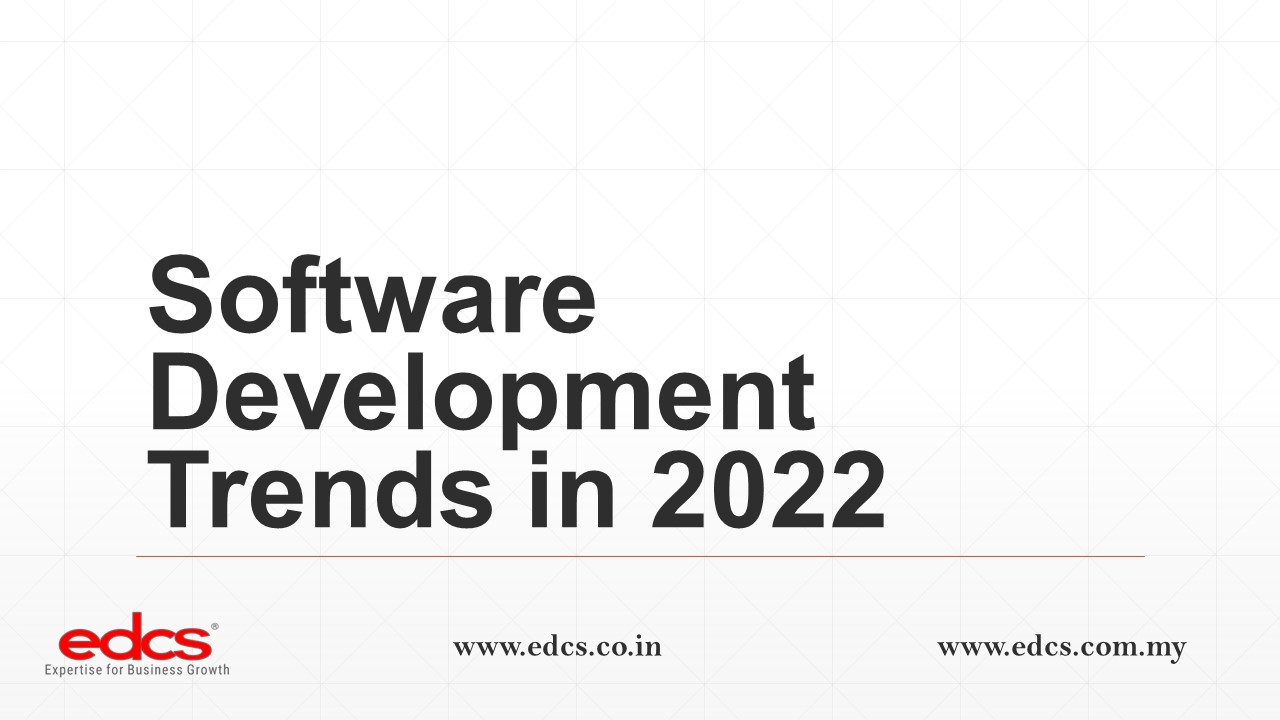Generally, software development is more problematic to predict than other areas of technology, thanks to advances in the industry to meet the ever-changing needs of operators.
However, it’s possible to see some important tendencies that are likely to serve as the foundation for future changes. The focus of this article is on such software trends that we’re expecting to see in 2022, including low-code development, decision intelligence, hyper automation, Internet of Behaviour, and some more.
Top-Ranking Software Industry Trends
Internet of Behaviour (IoB)
As the extension of the Internet of Things (IoT), the Internet of Behaviour (IoB) is one of the most promising software trends, bringing in the-next level personalization of consumer and corporate technologies in the near future. According to Gartner, devices will track around 40% of worldwide customer behaviour by 2023.
Cloud-Based Software Technologies of the Future
A rise in cloud-based solutions is gaining momentum. While many companies didn’t adopt these platforms until 2020, the COVID-19 crisis has changed consumer preferences to the core.
Cloud spending rose 37% to $29 billion during the first quarter of 2020 and is estimated to grow over the next 12 months. By 2022, nearly every small and large business will turn to cloud-based solutions, relying on these future software technologies in their everyday operations.
Highly Secure Big Data
Analysis of vast amounts of data is a key element of contemporary technologies; that’s why Big Data has been the stable trend in software development. The year 2022 is not an exception. This time, cybersecurity is the main focus, and the new technologies applying Big Data will work on this concern.
Being cost-effective and efficient, Big Data systems utilize newer methodologies to make sense of huge amounts of information. The rise of Big Data has already made way for new technologies in software development that help organizations use their data more effectively and make better decisions in business.
Blockchain
Since its invention in 2017, the software development world has been raving about blockchain’s potential, but it’s still too early to tell if mainstream adoption happens. Though there are some startups looking to capitalize on blockchain solutions, many companies won’t experiment with blockchain until it becomes far easier to implement and use.
By 2022, wide blockchain implementation could become a reality. The remote working models and the high pace of change call businesses to turn to decentralized technologies that simplify transactions and other strategic operations. In this regard, blockchain has already proved its effectiveness and safety in the financial sector and is about to enter other industrial verticals next year.
Continuous Delivery Software Development Trend
A lot of companies are moving towards more modern software release cycles. With continuous delivery, there’s little to no distinction between Dev and Ops, so that developers can deploy code to production whenever they want and how often they want.
This is a very Agile practice and can make development more efficient, ensuring all the code goes through rigorous testing before it gets deployed and letting the responsible parties timely pinpoint issues and fix them as soon as possible.



